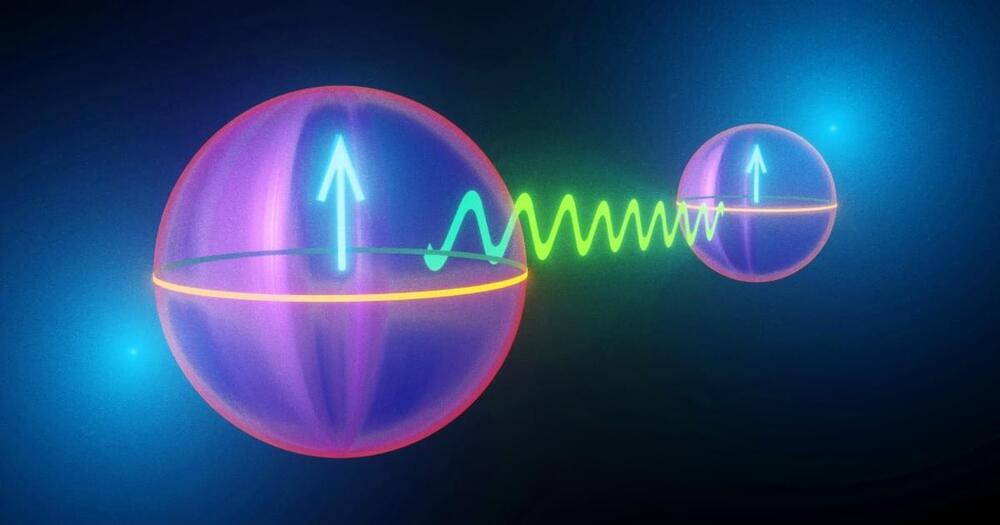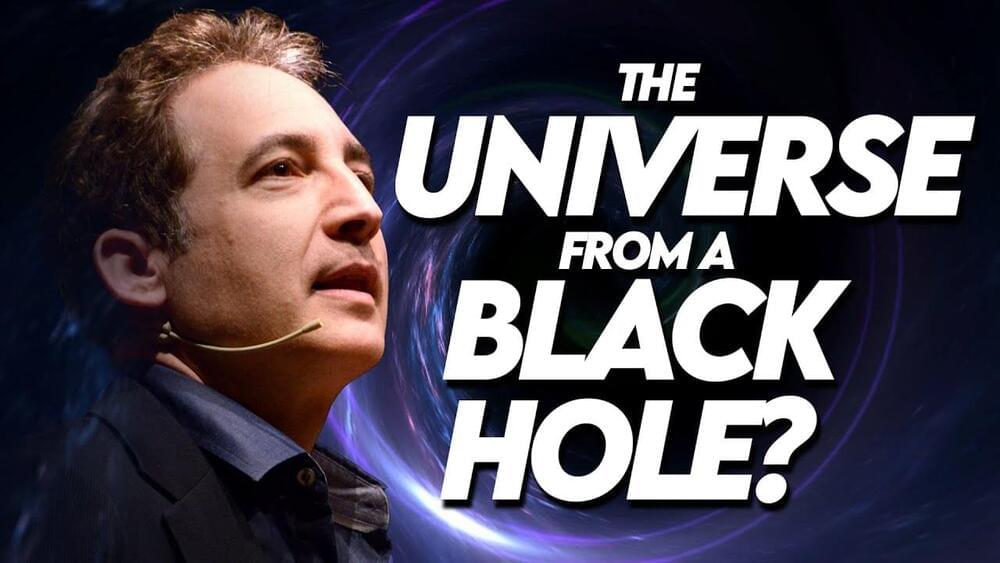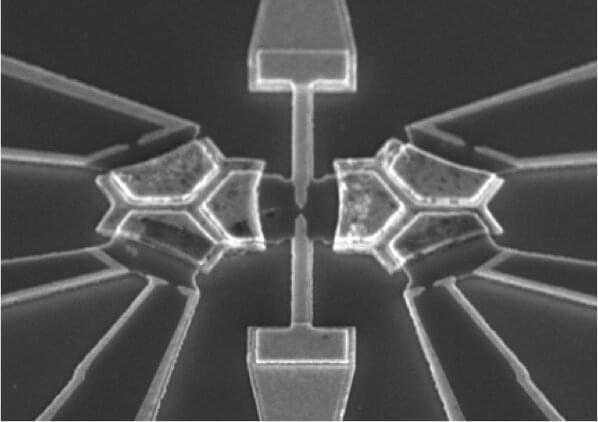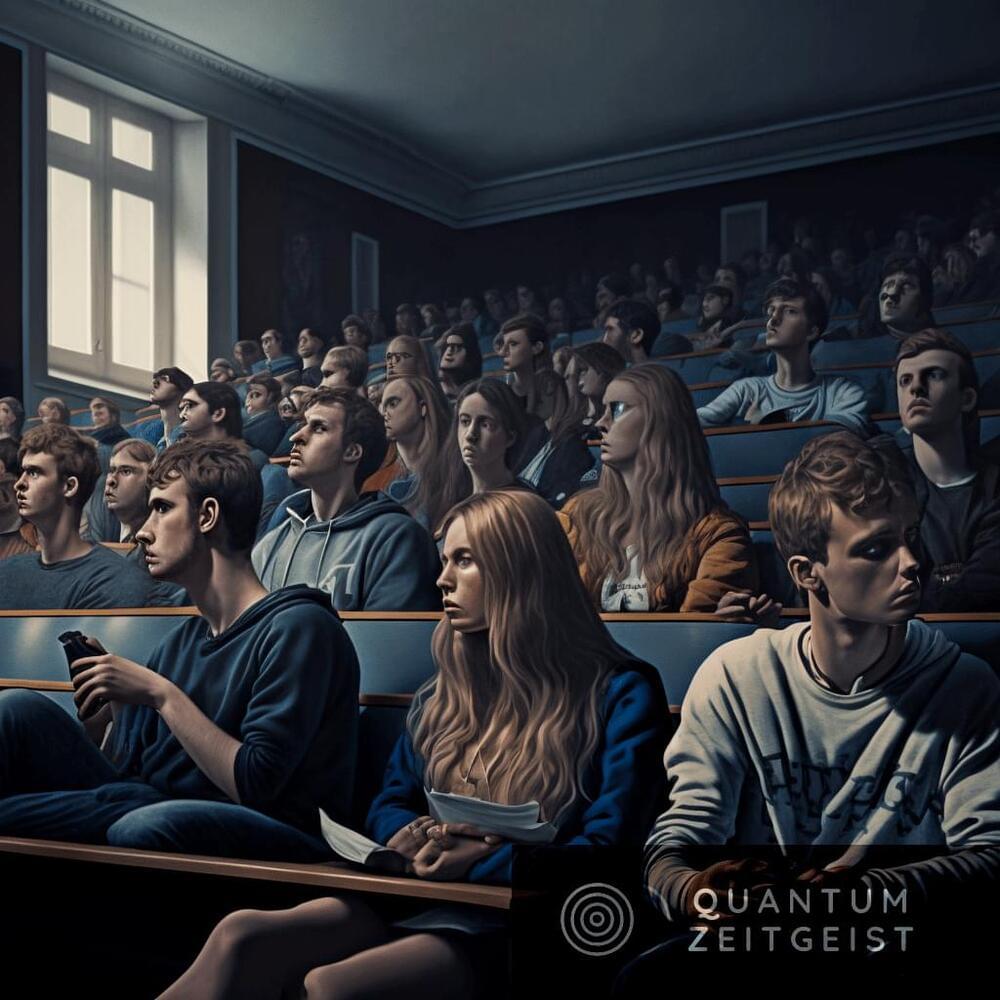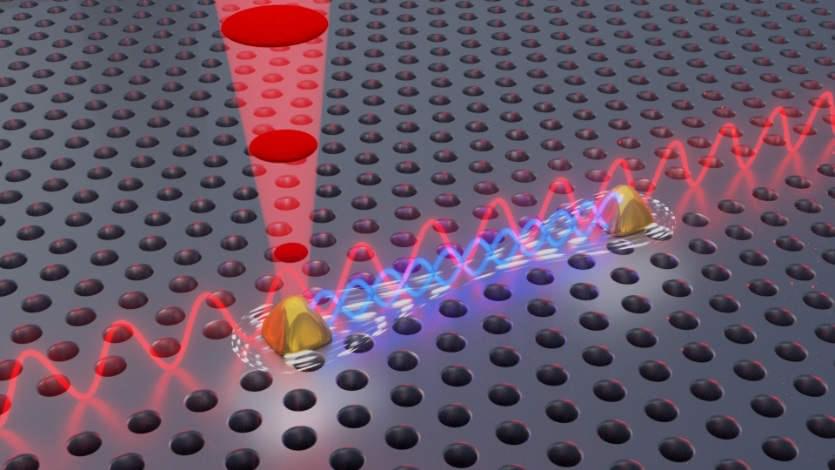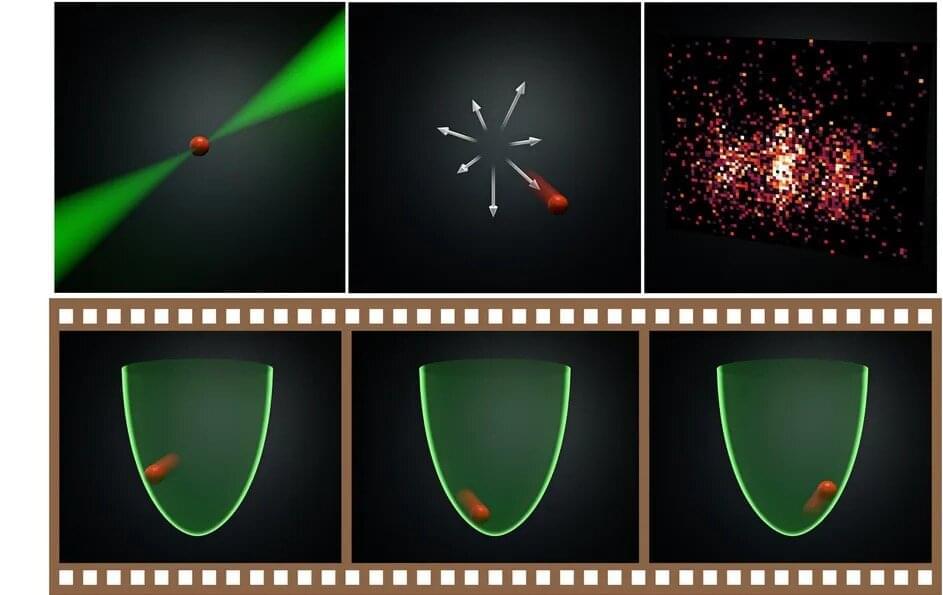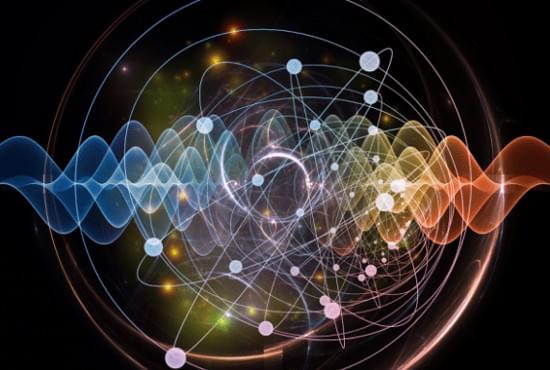Weirdness of quantum entanglement is explained by hidden variables? If so, we have never found them.
Category: quantum physics – Page 347
The big bang theory explains the beginning of our universe. But could the entirety of our universe be inside a black hole?
Theoretical physicist Brian Greene explains this bizarre hypothesis in cosmology.
The idea that our universe may be entirely contained within a black hole is a mind-bending concept that has been explored by physicists for decades.
This hypothesis draws upon both general relativity and quantum mechanics, and could provide answers to some of the most perplexing questions in cosmology, such as the origin of the universe and the source of dark energy.
But, are there any observable effects that could indicate that our universe is inside of a black hole?
Physicists have invented a new type of analog quantum computer that can tackle hard physics problems that the most powerful digital supercomputers cannot solve.
New research published in Nature Physics by collaborating scientists from Stanford University in the U.S. and University College Dublin (UCD) in Ireland has shown that a novel type of highly-specialized analog computer, whose circuits feature quantum components, can solve problems from the cutting edge of quantum physics that were previously beyond reach. When scaled up, such devices may be able to shed light on some of the most important unsolved problems in physics.
For example, scientists and engineers have long wanted to gain a better understanding of superconductivity, because existing superconducting materials —such as those used in MRI machines, high speed train and long-distance energy-efficient power networks—currently operate only at extremely low temperatures, limiting their wider use. The holy grail of materials science is to find materials that are superconducting at room temperature, which would revolutionize their use in a host of technologies.
As the field of Quantum Computing continues to grow, the need for University and advanced educated individuals to make up the Quantum Computing workforce has grown as well. Below is a list of Master’s Degree Programs in the Quantum Computing Field offered by Universities around the world, featuring programs that range from onsite to online, and from one to two years in duration.
University College London (UCL)
UCL offers an MSc. degree in Quantum Technologies, with a robust curriculum that features compulsory modules in Advanced Quantum Theory, Quantum Computation and Communication, Quantum Technologies, and an Individual Research Project, among other non-compulsory optional modules. Optional modules include Astronomical Spectroscopy, Materials and Energy Materials, Physics of the Earth, Physics of Advanced Materials, Theoretical Condensed Matter, Advanced Topics in Statistical Mechanics, and more.
For the first time, physicists have achieved quantum mechanical entanglement of two stable light sources.
Called “spooky action at a distance” by Einstein, quantum entanglement is a seemingly magical phenomenon. Entangled particles, for example light particles called “photons”, share a physical state. Changes to the physical state of one particle in an entangled pair instantaneously causes the same change to occur in its partner – no matter how far apart they are separated.
While quantum mechanical theory is clear on the existence of this effect in the universe, creating entangled pairs of particles is no trivial feat.
When it comes to creating ever more intriguing quantum systems, a constant need is finding new ways to observe them in a wide range of physical scenarios. JILA Fellow Cindy Regal and JILA and NIST Fellow Ana Maria Rey have teamed up with Oriol Romero-Isart from the University of Innsbruck and IQOQI to show that a trapped particle in the form of an atom readily reveals its full quantum state with quite simple ingredients, opening up opportunities for studies of the quantum state of ever larger particles.
In the quantum realm an atom does not behave as a point particle; instead it behaves more as a wave. Its properties (e.g., its position and velocity) are described in terms of what is referred to as the wavefunction of the atom. One way to learn about the wavefunction of a particle is to let the atom fly and then capture its location with a camera.
And with the right tricks, pictures can be taken of the particle’s quantum state from many vantage points, resulting in what is known as quantum tomography (“tomo” being Greek for slice or section, and “graphy” meaning describing or recording). In the work published in Nature Physics, the authors used a rubidium atom placed carefully in a specific state of its motion in a tightly focused laser beam, known as an optical tweezer. And they were able to observe it from many vantage points by letting it evolve in the optical tweezer in time. Like a ball rolling in a bowl, at different times the velocity and location of the particle interchange, and by snapping pictures at the right time during a video reel of the ball, many vantages of the particle’s state can be revealed.
I recently learned some new things about quantum materials, states, and computing.
My latest discoveries about the curious world of quantum physics and discoveries that may significantly impact the future.
Discover the top 10 quantum computing companies that are leading the way in this cutting-edge technology and investing in quantum computing.
A team of researchers used quantum computing and computer learning to describe what is believed to be the interior of a black hole.
‘Spin’ is a fundamental quality of fundamental particles like the electron, invoking images of a tiny sphere revolving rapidly on its axis like a planet in a shrunken solar system.
Only it isn’t. It can’t. For one thing, electrons aren’t spheres of matter but points described by the mathematics of probability.
But California Institute of Technology philosopher of physics Charles T. Sebens argues such a particle-based approach to one of the most accurate theories in physics might be misleading us.
